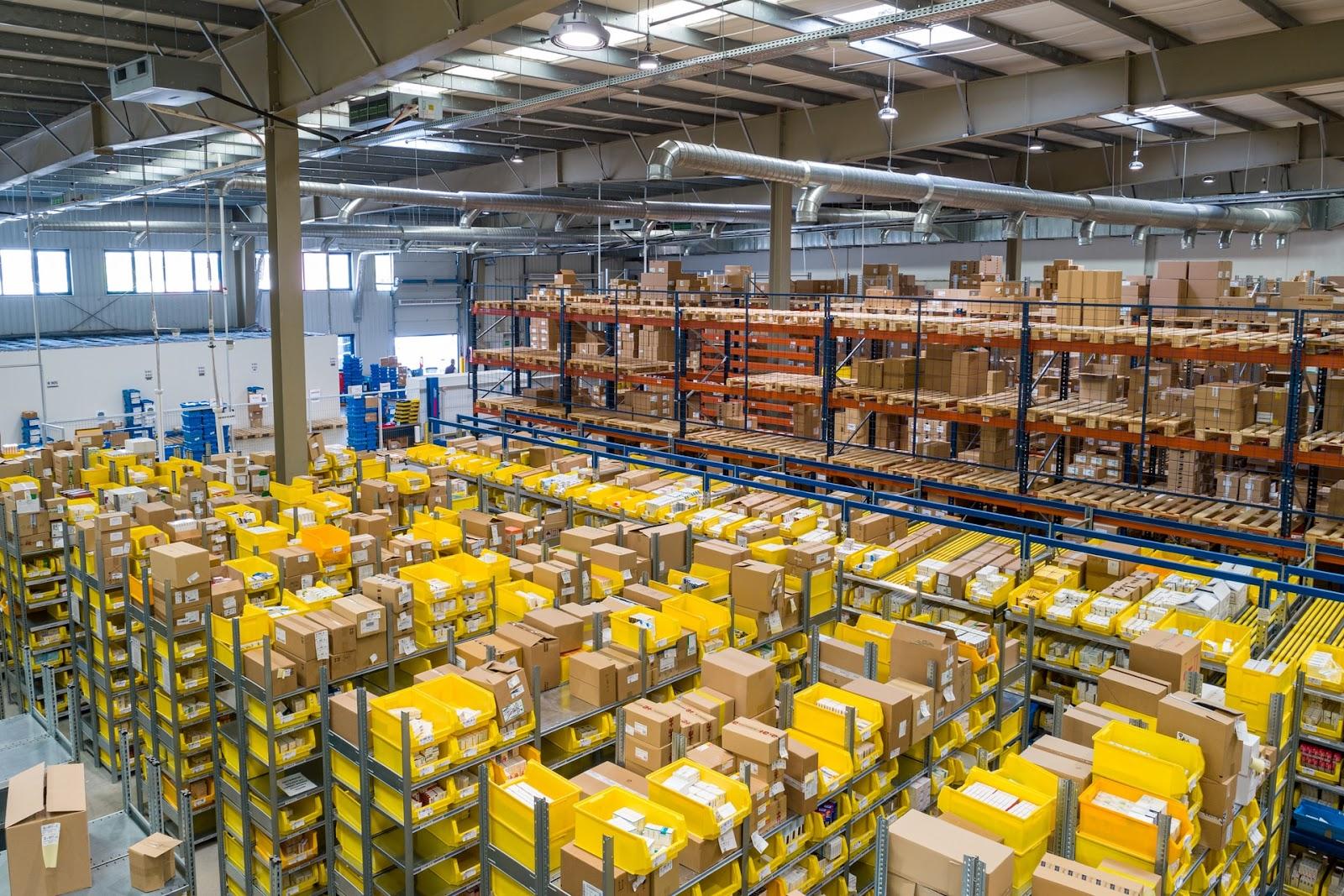The software as a service (SaaS) approach to development is a promising revenue stream for B2C and B2B businesses. Supply chain companies cannot stand aside and are also actively developing cloud-based SaaS logistics solutions. In fact, cloud services enter the top 10 leading trends that are going to impact supply chains by 2025, according to Statista.
In this post, we discuss the difference between SaaS transportation management systems (TMSs) development and traditional TMS development. You’ll also learn whether you can benefit from SaaS TMS implementation. And we’ll finish with a few practical steps to take when developing such custom supply chain software.
Difference between a SaaS TMS and a traditional TMS
From a functional perspective, traditional transportation management application development can be no different from SaaS. The core difference between the two lies in the deployment infrastructure. In the case of the conventional TMS, you’ll have to deploy software on your local server, making your software available only via corporate devices. The SaaS TMS platform, on the contrary, is deployed in the cloud and provides web-based access. Thus, you can ensure seamless and around-the-clock access to the system.
An important aspect that differentiates SaaS from any other development approach is an implementation of a monetization strategy such as subscription. Users that purchase a ready-made cloud-based transportation management system have to pay a monthly or annual fee. When developing a custom SaaS TMS you can use it for your own logistics purposes without the need to pay any fees as well as monetize it by offering it to other logistics companies.
Plus, the possibility to implement a SaaS TMS is also a great opportunity for small logistics companies to start making use of TMSs as well. Developing and deploying a traditional TMS is a cost- and time-consuming undertaking that, usually, only large logistics businesses can afford. However, if you’re a large logistics company yourself, you can also consider SaaS to cover your transportation management objectives and offer this solution to SMBs.

In the next section, let’s cover what advantages you can get from the decision to develop a SaaS TMS.
Core advantages of a SaaS TMS
A SaaS TMS can be of great value for logistics companies that want to increase company margins and at the same time add value to their daily logistics operations with a new flexible software system. Such a solution is also beneficial for companies planning to offer more services to their clients. For instance, a 3PL provider can use a cloud-based SaaS TMS for their clients to better manage their freight.
A Swedish 3PL company AA Logistik has chosen a whole package of transportation management services delivered as SaaS. Thanks to such a solution, they managed to digitize most of their transportation services and stop using Excel files and physical piles of documentation to store their clients’ data. Now, their clients can request different transportation means via the SaaS system as well as track their orders. The company is also using this system for fleet management, invoicing, and data analytics to ensure seamless service delivery.
Thus, one of the critical advantages of the SaaS TMS implementation is improved and streamlined customer service. Below are a few other benefits of developing a SaaS TMS.
Cloud provider takes all the responsibility. When you deploy your product in the cloud, the whole infrastructure is managed and maintained by the cloud vendor. There is no need to buy lots of hardware as in the case with local-based server deployment.
Better availability for all stakeholders. With web-based TMS, you can provide all of your critical stakeholders with access to it. All they need is just an internet connection. You can integrate a multi-level user management module with roles and permissions to enable your logistics management team and partners to have access to different data and get the most value from the system.
Increased supply chain visibility. SaaS TMSs can capture data in real-time keeping on the same page all the parties involved in the freight forwarding. Thus, you gain better access to your transportation data and can timely respond to any issues that might occur to your freight such as lost or damaged cargo.

High-speed ROI and recurring revenue. Investing in the SaaS TMS development can not only bring value to your logistics operations but can also be profitable for your business. If you include a subscription plan in your TMS and offer it as a service to other companies you can ensure yourself a regular and stable revenue stream.
Let’s not switch to a practical part of our article and find out what steps you can take to ensure the right SaaS TMS development process.
6 steps to take to develop a well-functioning SaaS TMS
We share some generalized steps you can take to prepare for the software development process. If you prepare right you can better monitor the actual development and ensure it meets your expectations.
- Analyze existing solutions. Investigate the market and learn how many similar solutions are already available to make your system unique and tailored to your customers’ needs. You can analyze the pros and cons of similar systems to avoid their mistakes and develop a top-rated SaaS TMS. Thanks to such analysis you can already build a concept of such software to have something to share with the development team.
- Calculate the odds. That’s the stage when you decide on the feasibility of such a solution for your logistics business. You should calculate your budget to see if you can handle the whole funnel from development to promotion. It’s also necessary to come up with a backup plan in case the system won’t yield the expected results.
- Choose a software partner with suitable expertise. It may be a difficult but possible task to find a software partner with SaaS TMS development expertise. If your aim is to develop a secure and trustworthy SaaS solution, focus on qualified and experienced teams only.
- Decide on the monetization strategy. There are plenty of pricing models you can choose to monetize your SaaS TMS. Together with your software partner, you can consider which ones would be the most suitable for your business model and your clients.
- Think through integration with other logistics software. Make sure you inform your software development team about the other software systems you use in your daily practice and whether they have to integrate with the SaaS system. Probably, together with the team, you’ll also decide on enhancing other systems to better integrate with the new TMS.
- Develop a marketing campaign in parallel with development. Just as with any other product, you’ll have to promote your SaaS TMS somehow. Thus, thoroughly consider the core characteristics of your target audience and how your software can add value to their logistics operations.
If you start your SaaS development journey right, you can reach great results in a relatively short period of time. Make sure you put your clients first to deliver a high-quality TMS that can simplify their daily logistics operations. At first, you’ll have to convince your clients that your solution is worth subscribing to but with time your reputation will work for you, and your profits will start rising.

No Responses